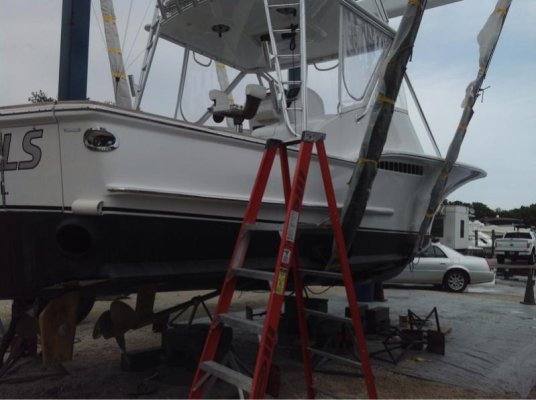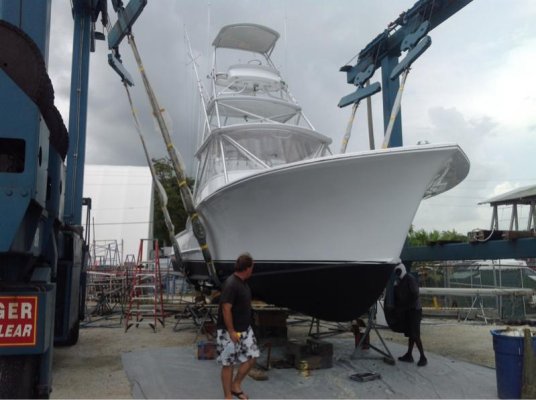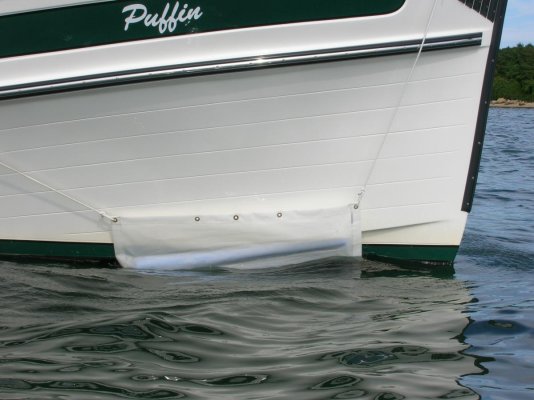Bohans
Veteran Member
At my marina where i am permanently moored and living on our boat, a 60 foot Maritimo convertible is next to us. I am amazed at the degree of hull water slapping against all the shines the whole way down its length. It is so loud, that is sounds as though a bilge pump is permanently on sucking water and gurgling away. I find it hard to believe anyone could actually sleep inside the boat due to this loud noise.
Does anyone else have this issue with hulls that slap badly. Surely this would be something the designers would test for? For me, what a waste of $2M on a boat so poorly designed it has this undesirable feature.
Our boat is so quiet, even with some wind waves (of which there are none right now and the noise is stillgoing). Our hull was designed by NA Howard Apollonio and i guess there is no substitute for good hull design.
Any thought?
Does anyone else have this issue with hulls that slap badly. Surely this would be something the designers would test for? For me, what a waste of $2M on a boat so poorly designed it has this undesirable feature.
Our boat is so quiet, even with some wind waves (of which there are none right now and the noise is stillgoing). Our hull was designed by NA Howard Apollonio and i guess there is no substitute for good hull design.
Any thought?







